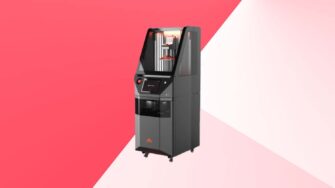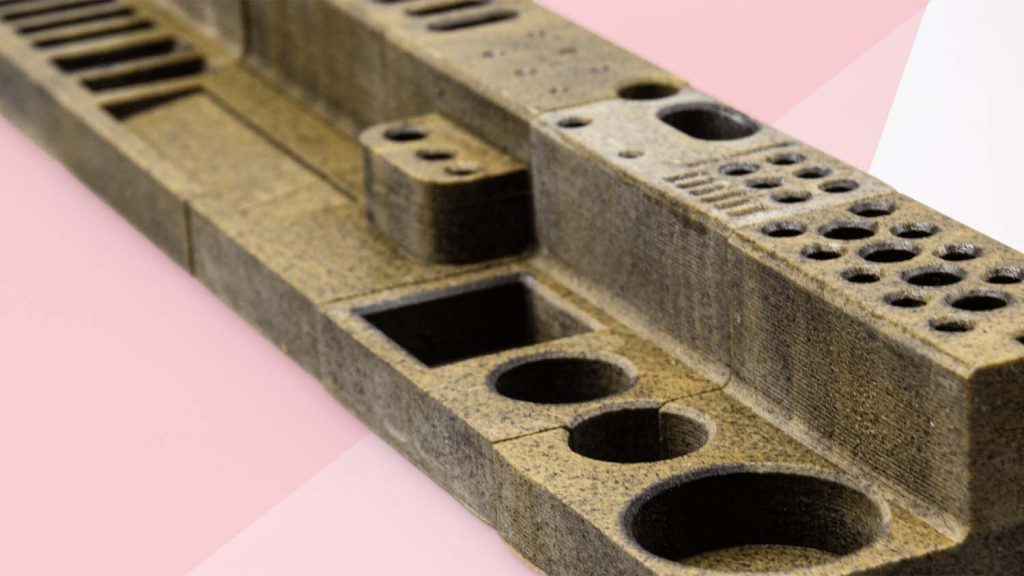Fortify has launched a new electronics materials suite featuring new resins that address wireless infrastructure products and applications including low-loss dielectrics, high-temperature electrostatic-discharge safe, thermally conductive and electrically resistive polymers, as well as technical ceramics.
 The Flux One 3D printer from Fortify leverages 3-axis magnetic field technology to aligning fibres and particles within the printed resins, helping it to give products further abilities, while maintaining the fast production of resin-based additive manufacturing.
The Flux One 3D printer from Fortify leverages 3-axis magnetic field technology to aligning fibres and particles within the printed resins, helping it to give products further abilities, while maintaining the fast production of resin-based additive manufacturing.
Previously this technology has been purposed for producing high temperature photopolymer tooling, with the same process now being combined with the new materials to produce what Fortify says are best-in-class materials for electronics and RF applications.
This includes ESD High Temperature (ESD-HT), which should allow electronics manufacturers to quickly produce jigs, trays, and assembly aids quickly and efficiently, in applications that require rigorous ESD safety requirements.
Developed with Loctite, the ESD-HT material (main image) exhibits high heat deflection temperatures while being able to incorporate fibres for mechanical reinforcement, as well as a precise amount of conductive filler, resulting in an ESD material that does not compromise integrity.
“Fortify’s technology enables new design and manufacturing capabilities for advanced electronics. The platform enables performance advantages in a variety of applications where size, weight, and power play a key role,” said Fortify COO Steve Costello.
“These factors are critical for wireless infrastructure – repeaters, antenna, and radar – and will be a catalyst for growth of several markets including telecommunications (5G), industrial IOT, and automotive/aerospace.”
The company has also announced investment from In-Q-Tel (IQT), a not-for-profit strategic investor that identifies and accelerates the development and delivery of cutting-edge technologies to support the mission of the U.S. intelligence and defense agencies and its allies.
“Fortify’s technology offers much-needed precision and control over the distribution and orientation of filler materials in additively manufactured composite parts, a capability which is difficult to achieve with existing technologies,” offered IQT technology architect Victoria Chernow.
“The manufacture of complex, tailor-made components are essential for our partners – the U.S. intelligence and defense communities. This is where 3D printing offers enormous potential and value.
“Fortify’s materials and 3D printing capabilities hold great value in delivering flexible, real-time tools to meet their mission needs.”
Fortify states that the deployment of 5G is driving the adoption of new wireless infrastructure, communication and sensing systems, leading to significant demand across electronics manufacturing industries to redesign components across a variety of applications.
“Fortify is thrilled to join the IQT portfolio. This investment validates the advanced manufacturing capabilities of the Fortify platform, and is well timed with existing needs across in electronics manufacturing today,” said Fortify CEO Josh Martin. “We’re looking forward to working with IQT’s Partners to bring additive manufacturing of advanced RF and electronics technologies to market.”






